High School Student Brings Regenerative Agriculture to His Local Community
Logan Saenz, Mrs. Spencer, and community volunteers tend the Pembroke Park Agro-Eco Orchard.
Logan Li Saenz, a senior at City of Pembroke Pines Charter High School in Hollywood, Florida, is passionate about many topics. He aspires to attend a college or university “up North” to study a mixture of physics, chemistry, and social justice issues dealing with student access to scientific education and challenging research opportunities. These issues hit close to home, as he is from a Hispanic family of Nicaraguan and Colombian descent. He has made a conscious effort to give back to his community and to support others like himself who have experienced social adversity.
He is a leading contributor to Let’s Remineralize! Science Education K-12, an online education project currently under development by Remineralize the Earth. He has designed two of the lesson plans for it so far and intends to contribute more to the curriculum. Once completed, Let’s Remineralize! will serve as an online tool for teachers to engage their students with fun and interesting lesson plans.
In addition, he has developed his own educational project for a class of one-hundred-and-thirty-two fifth grade students at the City of Pembroke Pines Charter Elementary School taught by Mrs. Piper Spencer and others. The project is meant to “inspire and engage students in the sciences,” as stated by Saenz. Additionally, by introducing students to relevant scientific concepts and their real-world applications, these junior scientists will hopefully be encouraged to become lifelong conservationists, concerned about the well-being of our natural environment. They will also learn how returning key minerals to our soils benefits the climate and all higher plant life, which is one of Saenz’ principal reasons for creating this project.
The students have remotely completed their projects at home due to the challenges posed by Covid-19. In their research, they examined the germination of scarlet sage, or Salvia coccinea, with and without the use of rock dust. Also called blood sage, scarlet sage is a perennial native to the southern United States adjacent to the Gulf of Mexico. It is found most commonly in sandy soils, as well as wooded and highly disturbed sites, blooming all-year-round in optimal conditions. It is highly valuable and attractive to pollinator species like bees, large butterflies, and hummingbirds. For these reasons, along with the plant’s overall hardiness and ability to easily germinate from seed with little human interference, Saenz chose this plant for the students to use in their research.
The students were asked to fill two identical pots with organic soil and to plant scarlet sage seeds in both pots. Basalt rock dust was added to one of the pots while the other was left as a control. The soil was collected by volunteers from Pembroke Pines Park. The seeds and rock dust were donated by Tom Vanacore of Rock Dust Local and shipped to Hollywood (along with other necessary supplies) by Remineralize the Earth. Mrs. Spencer and other teachers helped package the research kits, which were picked up by the students’ parents while driving by the elementary school.
Throughout the duration of their research, the students made observations and recorded them on a Google survey platform. They detailed the changing height, color (vitality), biomass, soil pH, number and frequency of visits by pollinators of the S. coccinea plants. Pie charts and bar graphs were later created by Saenz to help the students better understand their results. Mrs. Spencer has commented, “After the investigation, most of the students said they felt like they were scientists.” One of the students said, “I am a scientist now because I know how to ask questions and perform an experiment. I have also learned that nature is beautiful!” All in all, the project was a resounding success and more like them will be replicated in the future by Saenz as he continues to give back to his community of Pembroke Pines.
Saenz’s next project will be with the Town of Pembroke Park’s Agro-Ecological Orchard, initiated by Vice Mayor Howard P. Clark Jr. to combat food insecurity after the town was declared a “food desert” by the U.S. Department of Agriculture in 2008. This ten-acre green space and self-titled “food forest” has been the venue for numerous events that encourage community members to participate in a personalized and meaningful exploration of scientific disciplines, like botany and ecology. The park, for example, helps strengthen the horticultural skills of volunteers each Saturday by allowing them to utilize the park’s beds, containers, and platforms to carry out interesting research of their own accord while observing and recording their findings as well.
Saenz received a $2,000 grant from the Broward Sierra Club to work on a youth stewardship program with weekly workshops at the Orchard. He says in his proposal:
The Broward Youth Environmental Stewardship Program is an experiential education initiative that will allow elementary, middle, and high school students in Pembroke Park and surrounding communities to autonomously investigate concepts, processes, and relationships in agriculture, environmental science, geology, botany, ecology, nutrition, and sociology while developing personal connections with nature. As participants learn to maintain and promote the health of the garden and orchard, they will collaborate on the design and execution of an experimental research project that focuses on the interplay between science and society. Interactive lectures, hands-on activities, and participant-directed discussions will accompany each session to contextualize and supplement their understanding of the practices in which they engage, the frameworks of their research, and the implications of their studies.
Saenz will also educate students about the need for remineralization, as well as other regenerative practices. As RTE’s youngest volunteer, he has already made a dynamic and creative contribution to the movement to remineralize the Earth.
.
Abrianna Culligan is a graduate of Hampshire College where she received a Bachelor’s of Art in Environmental Science with a concentration in Forest Ecology. Her interests include: taking long walks in the woods and noticing interesting natural phenomena while she does so, reading about the ecology of different places and communities of organisms, and playing an active role in climate change mitigation by reducing her carbon footprint in everyday life and volunteering with organizations like Remineralize the Earth. She is an enthusiastic and passionate steward of the environment who is thrilled to join the RTE team.
- Teachers preparing the kits.
- Town of Pembroke Park Agro-Eco Orchard
- Logan Li Saenz at the Eco Orchard
Support us on Patreon
Thank you for joining us today! Please become a member of RTE and support us on Patreon. Unlike many larger organizations, we work with a team of determined and passionate volunteers to get our message out. We aim to continue to increase the awareness of remineralization to initiate projects across the globe that remineralize soils, grow nutrient dense food, regenerate our forests’ and stabilize the climate – with your help! If you can, please support us on a monthly basis from just $2, rest assured that you are making a big impact every single month in support of our mission. Thank you!


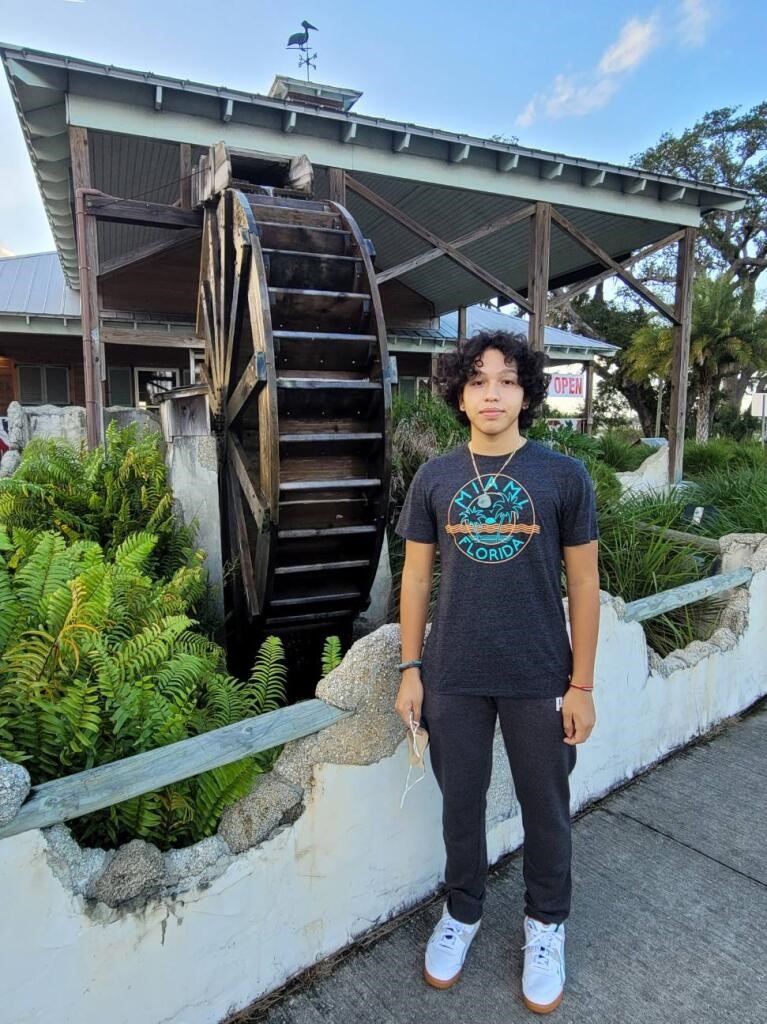

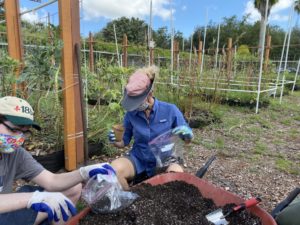

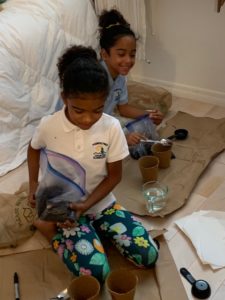
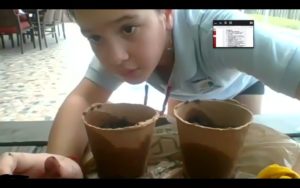
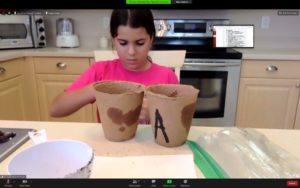
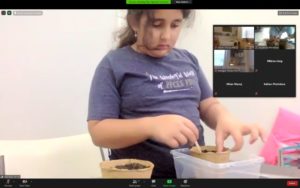
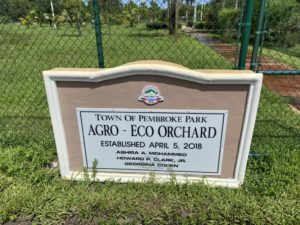
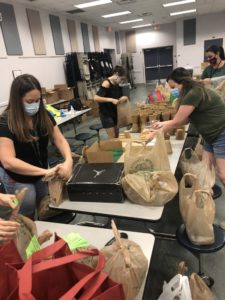
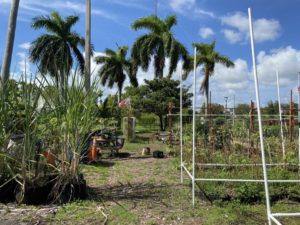
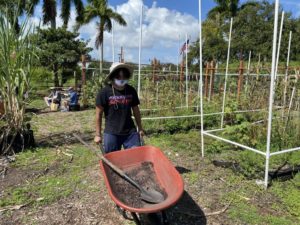






Got something to say?